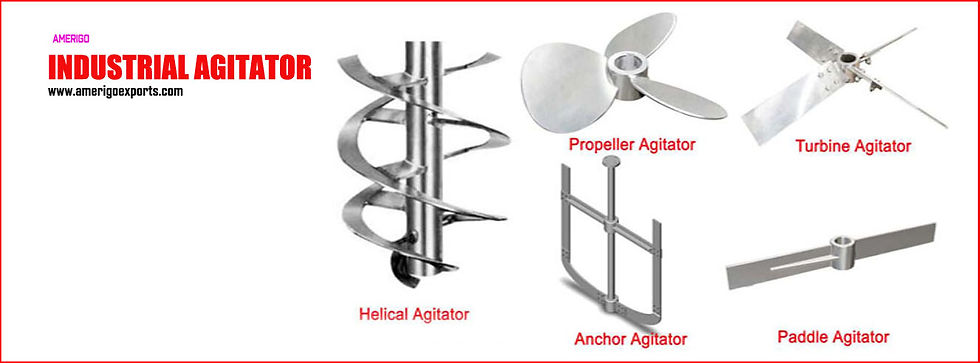Trending best features of INJECTION MOULDED PLASTIC PALLETS 2025
- Amerigo Exports
- Jan 2
- 2 min read
Injection molding of plastic pallets 2025 involves the production of durable and high-strength pallets using a specialized molding process. Here's a step-by-step overview of the process:
1. Material Selection and Preparation
Material Choice: Thermoplastics such as HDPE (High-Density Polyethylene) or PP (Polypropylene) are commonly used for plastic pallets due to their durability, resistance to chemicals, and recyclability.
Material Pre-treatment: The raw plastic material, usually in the form of pellets, is dried to remove moisture that could cause defects during molding.
2. Mold Design and Preparation
Mold Creation: A precise mold (often made from steel or aluminum) is designed to form the pallet. This mold includes cavities and channels that determine the shape and structure of the pallet.
Heating System Integration: The mold is equipped with heating and cooling channels to manage the temperature during the molding process.
3. Injection Molding Machine Setup
Heating the Plastic: The plastic pellets are fed into a hopper and melted in a heated barrel of the injection molding machine.
Injection Mechanism: A screw or plunger mechanism pushes the molten plastic into the mold cavity under high pressure.
4. Injection and Cooling
Filling the Mold: The molten plastic is injected into the mold at high speed and pressure to ensure complete filling.
Cooling: The mold is cooled using water or another coolant circulating through the cooling channels. This solidifies the plastic, forming the pallet.
5. Ejection and Post-Processing
Ejecting the Pallet: Once cooled, the mold is opened, and the finished pallet is ejected using ejector pins or plates.
Trimming and Finishing: Excess material, such as flash (thin plastic edges), is trimmed off. The pallet may also undergo surface treatments for a smooth finish.
6. Quality Control
Inspection: The pallets are checked for defects such as warping, incomplete filling, or structural inconsistencies.
Load Testing: Pallets are tested for strength, durability, and load capacity.
7. Recycling and Rework
Recycling Scrap Material: Any leftover material, such as sprues and runners, is collected, re-ground, and mixed with virgin material for reuse.
8. Packaging and Distribution
Stacking and Packing: The completed pallets are stacked and packaged for shipping or storage.
Advantages of Injection Molding for Pallets
High precision and consistency.
Scalability for large production volumes.
Lightweight and customizable designs.
Eco-friendly (recyclable materials and minimal waste).





Comments